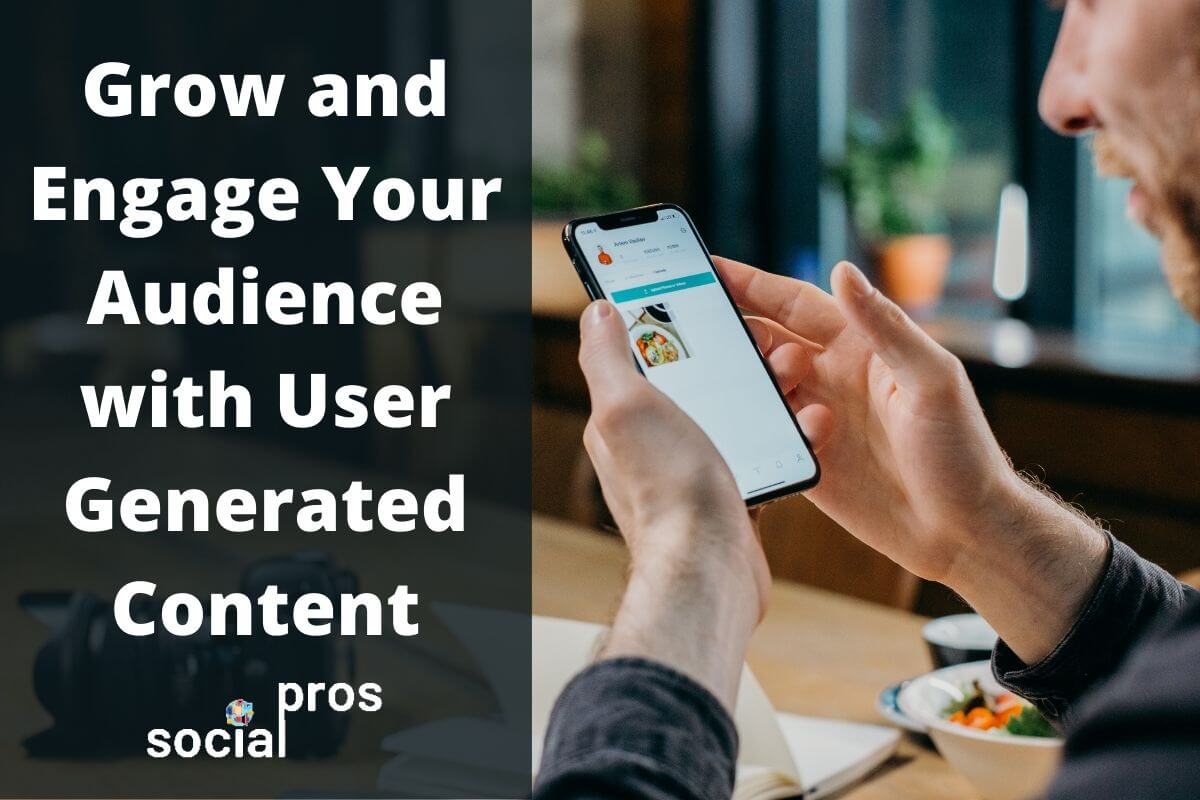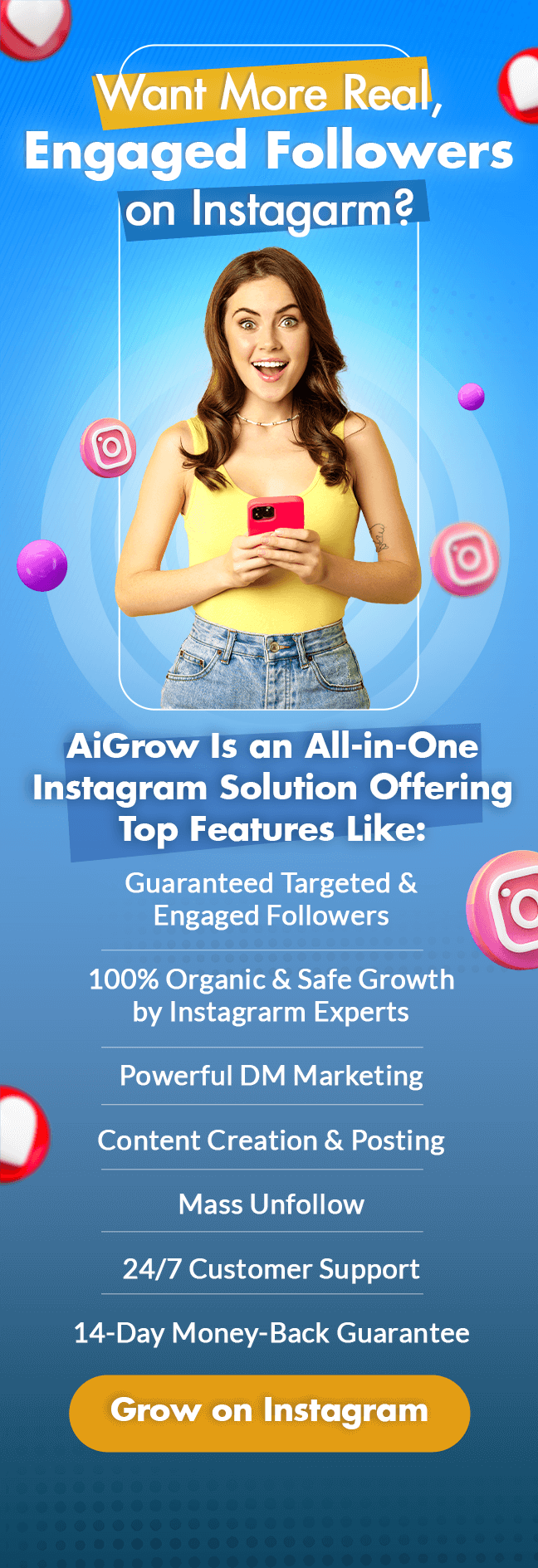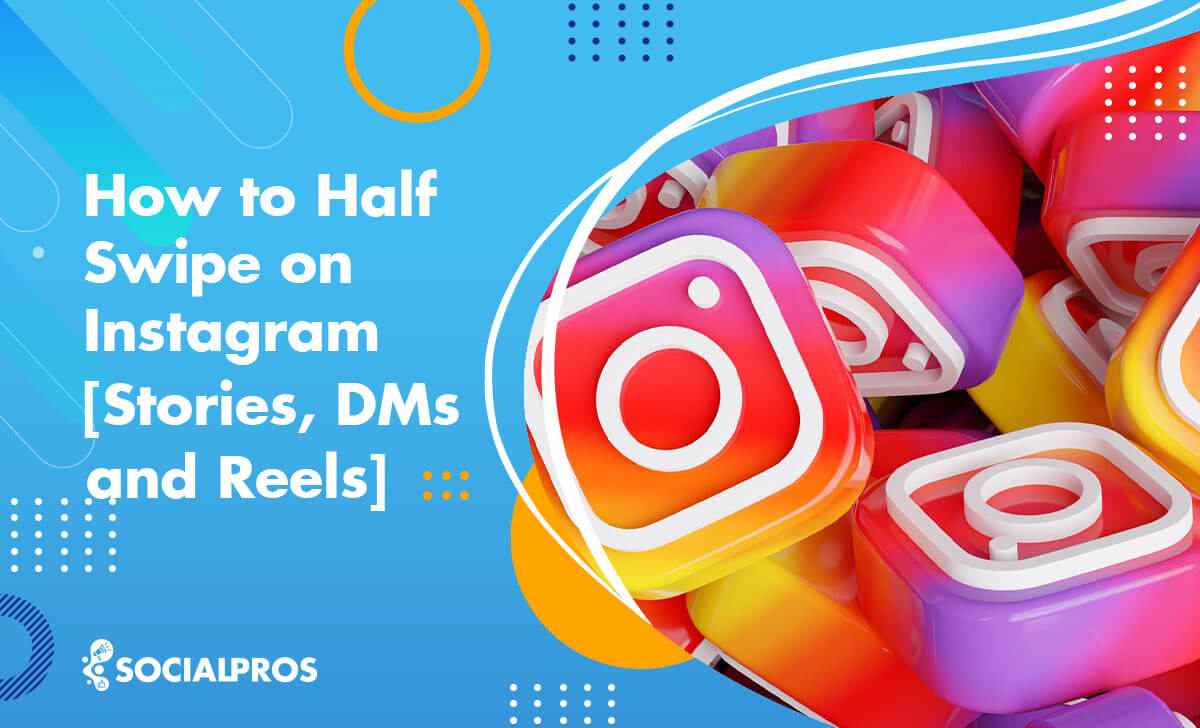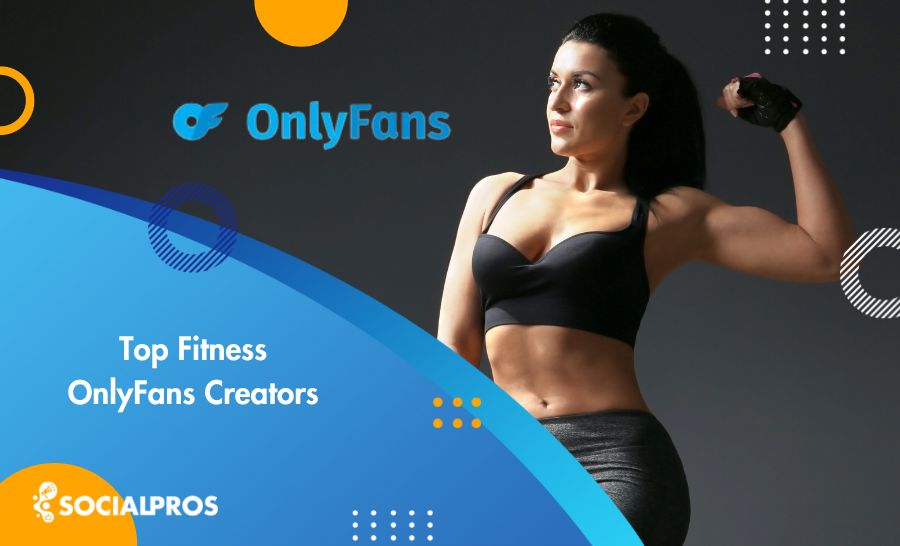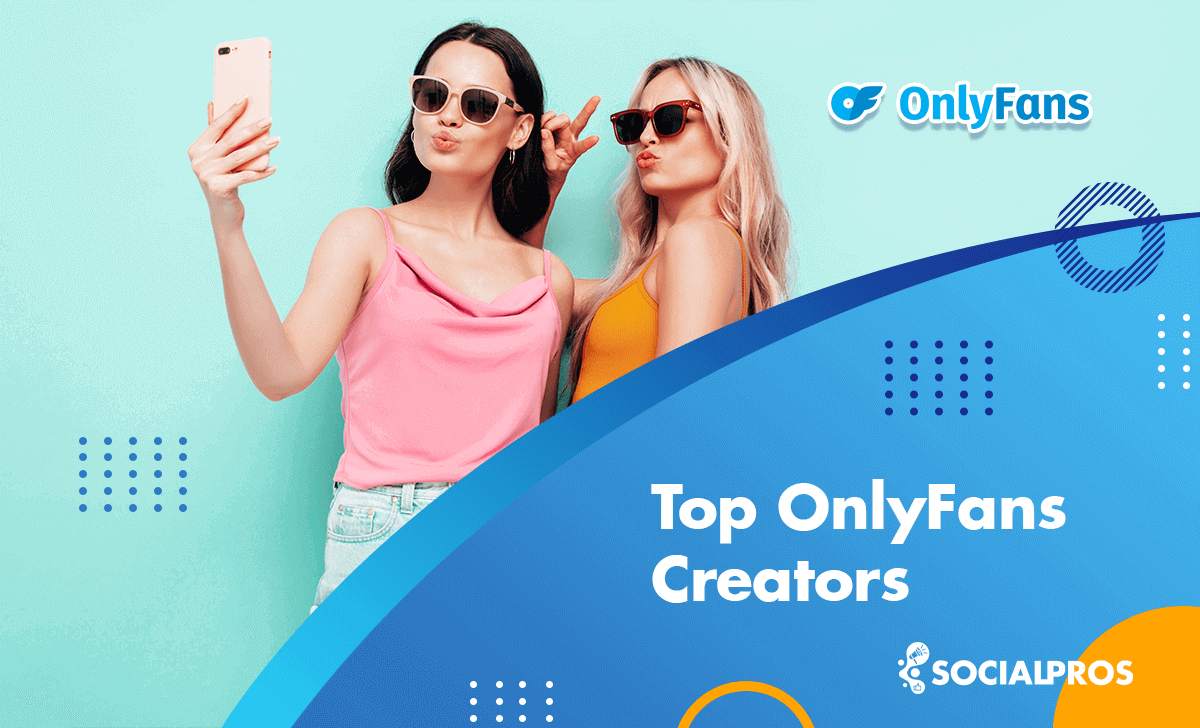Page Contents
Your leads and customers are growing increasingly cynical about brand ambassadors and paid celebrity endorsements.
Okay, I’ll admit that this may be an overly gloomy way to look at the digital marketing landscape. But, as a professional marketer, you need to be aware of the risks involved in overusing particular types of advertising campaigns.
The thing is, people are getting desensitized to being sold to by other people who are being rewarded for endorsing your product. The effectiveness of rewarded endorsements has a shelf life.
Of course, there are ways to avoid or minimize this cynicism. Some brands are doing a terrific job of blending influencer endorsement with genuine sincerity.
Take a look at Transparent Labs’ Instagram feed, for instance. The supplement company has chosen its brand ambassadors very wisely. None of the people creating content on the brand’s behalf are professional influencers. They’re professional trainers or athletes with genuine credibility amongst the company’s target audience.
On top of this, the promotional posts these influencers create are all hyper-relevant and have a candid feel to them. This is an excellent way to combat the skepticism many consumers are feeling about inauthentic influencer endorsement.
Another antidote to this problem is to combine influencer campaigns with cleverly chosen user-generated content (UGC).
You May Also Like:
- Best App to Gain 8000 Followers on Instagram: Get More Engaged Audiences
- How to Attract a Target Audience on Instagram? Tips & Tricks
- Email Lead Generation: Build Your Audience from Scratch
What is User-Generated Content?
While there is a lot of overlap between influencer endorsements and UGC, the main differentiator is that the latter is more relatable to the brand’s target audience.
The purpose of UGC is to create social proof – evidence that the prospective customer’s interest in your product has been validated by people just like them. Their peers. Other people who live the same lives as them have the same interests as them, face the same daily struggles as them, have bought your product, and love it.
This is an incredibly powerful marketing technique and one that can take many forms. We’ll get into those later.
For now, what’s important is that you understand why UGC stands apart from other forms of promotion or endorsement. There’s an authenticity – or sincerity – that comes with different types of promotional content that were created without the promise of a reward.
Creating believable credibility isn’t the only reason UGC is an effective marketing tool. Seeing their peers enjoy a product they’re already interested in is proven to cause FOMO (fear of missing out) and can trigger an impulse buy.
The Different Types of UGC and How You Can Use Them
Like I said before, there’s a plethora of different types of user-generated content. And there are even more ways you can use UGC in your marketing funnel to nurture leads and boost conversions.
Let’s take a look at some of my favorites.
Featured User Reviews
That’s right, user reviews can count as user-generated content, but only when done right. Remember that the purpose of UGC is to make a product seem relatable. It should make your prospect feel a vicarious connection with your product. It should trigger a worry that they’re missing out on something by NOT having your awesome service in their lives.
Not all of your reviews are going to qualify for the above. Some reviews are going to be terse, ambiguous, filled with typos, or just plain negative. This is a common issue for eCommerce sites that deliberately don’t moderate feedback from their customers for the sake of transparency.
However, nothing is stopping you from taking the pick of these reviews. Shine a giant spotlight on the ones that give an honest, positive, well-written opinion of what it’s like interacting with your company.
Some companies put so much stock on these featured reviews that they create prominent pages dedicated to them. Take a look at what Bizzabo has done on their Customers page. Accessible via a link on their homepage and in their main navigation bar, this page is a monument to effectively using reviews as UGC.
It’s a beautifully-designed page that’s packed with different types of customer feedback. And the fact that it’s obviously curated by the brand itself means that they can select the reviews they like, rather than feeling compelled to show absolutely everything every customer has ever written about them.
And note that a great place to look for UGC is on social media platforms. Hopefully, using a platform like AiSchedul, you can:
- keep track of your Instagram activities,
- find all your mentions,
- and repost your customers’ content in a minute.
Customer Engagement
Sometimes, if you’ve built the appropriate messaging channels, you’ll be lucky enough to have a very positive personal interaction with one of your satisfied customers.
Facebook Messenger, WhatsApp, and even standard live chat tools integrated into your website are all places where you can elicit sincere and very specific customer feedback.
Each interaction, whether it’s a technical support request or a query about billing, is an opportunity to get a customer to say something positive about your brand. Any factor that plays a role in the customer journey can be worthy of a compliment: your after-sales service, your fulfillment process, or just the overall quality of your products.
Direct messages are worth gold if the customer is comfortable with you publishing their message on your website, especially if they’re cool with you including some of their personal details to add credibility.
Seriously, think about how many digital touchpoints you have with clients throughout their journey with your brand. I wouldn’t be surprised if there are at least half a dozen. Each one of these is a source of UGC.
Take a look at what Elemental Labs did on their homepage. Positive feedback during a conversation with the founder has been superimposed onto a mobile device. In it, a customer gives terrific, detailed information on how Elemental’s flagship product impacted their health.
Including the user’s profile icon personalizes the interaction further, giving it more credibility and making it easier for the site visitor to take the conversation seriously and relate to the product.
Read More: Simple Ways to Send an Instagram Auto Reply
Social Media Submissions
Putting out a call for Instagram submissions from existing customers is a great way to use UGC to create social proof and all the awesome benefits that go along with it.
This is especially effective in the eCommerce space, where it’s easy for someone to strike a pose with an item they bought. Many people like the exposure on Instagram – they want a fraction of their 15 minutes of fame and may even snag a couple of hundred new followers if they get featured on a brand’s profile.
These posts feel authentic because the submissions are usually super-candid. People take cute selfies in awesome places, showcasing your product in an environment that your marketing team doesn’t have access to.
Seeing these posts does a great job of creating FOMO with prospective customers. “I wanna look that cool posing on the beach in front of a giant melting ice sculpture.”
Seeing your product outside of a typical showroom or modeled by a person whose job it is to look beautiful humanizes your brand. And that buys relatability as well as credibility. Don’t underestimate how effective these things are at making your product stand out from its competitors.
Take a look at what Orizaba Original Baja Hoodies did on their homepage. By integrating their Instagram feed into the UI, they’re creating a super-visible window into UGC from their global customer base.
Each couple of posts featured in this section shows a happy hoodie owner posing in one exotic location or another. This is a really clever way to showcase user-generated content. These posts are visible not only on the company’s Instagram feed but also on their home page, and with minimal effort. Elegant, effective, and very smart.
Note: Check Out the following video to see how to find and share user-generated content on Instagram:
Case Studies or Customer Stories
Case studies are typically only used in the B2B space; it’s mostly businesses that will find this kind of UGC helpful in choosing whether or not to buy your product or service. It’s also mainly business customers that create the kind of data necessary to write a useful case study.
Let’s take a step back. If you’re not familiar with them, case studies are detailed breakdowns of exactly how a customer used your product or service to improve their business operations or strategies. A case study is a thorough investigation of how a customer integrated every aspect of your product into their business processes. And it includes granular analytics showing the benefits they enjoyed as a result.
Quite a mouthful. It can often have a bit of an “academic” feel to it, so many companies are starting to prefer the term Customer Stories.
The marketing software company strikes a perfect balance between giving cold, hard data and a compelling narrative. If you want to use case studies as marketing material, this is a great example to follow.
Prospective customers want to see data. Give them stats, graphs, and figures! But don’t forget to also tell the customer’s story. Humanize the customer as much as possible. Talk about their frustrations and their successes in a respectful but candid way.
This is one of the secrets to using case studies as part of a UGC marketing campaign.
Some Closing Thoughts
In closing, I want to emphasize that not all UGC campaigns are fit for all kinds of businesses. The points I’ve made in this article are the tip of the iceberg when it comes to UGC’s potential as a marketing method.
If you feel like this is a direction you want to take to engage and grow your audience, it’s vital that you think critically about which type of UGC is ideal for your prospective customers.
Compare each UGC application to the needs of your various customer types. Think critically about how they’d respond to it. You don’t want to waste money on a UGC campaign that won’t resonate with your target audience.

